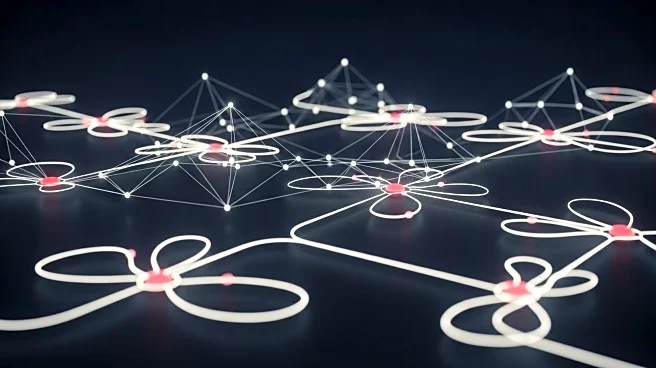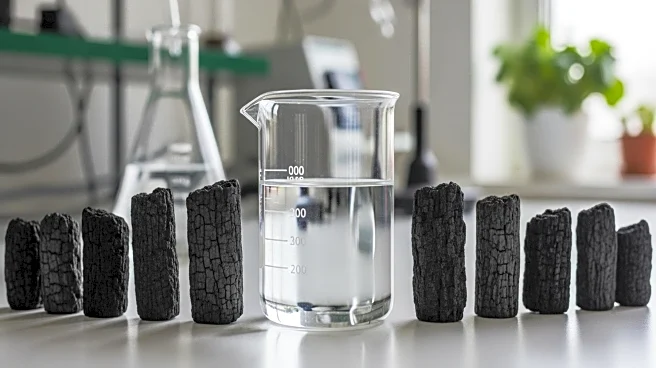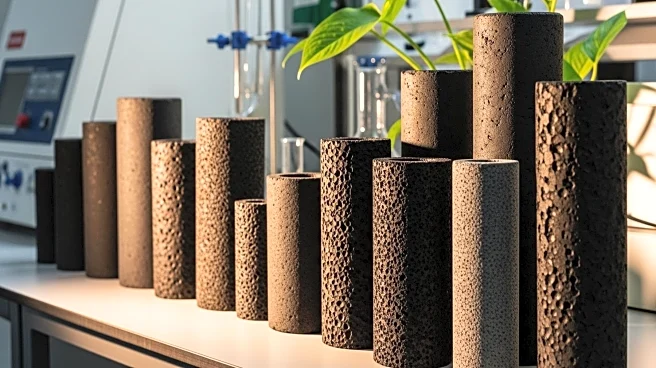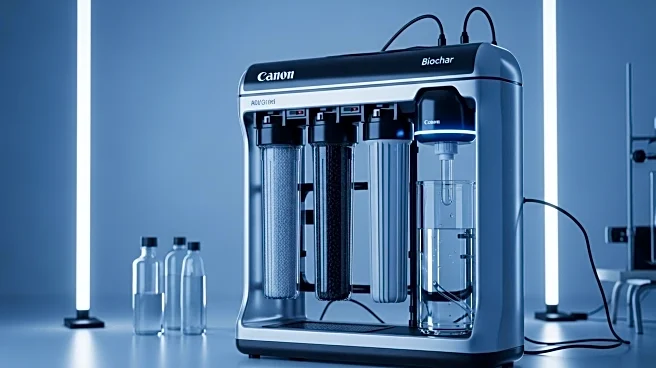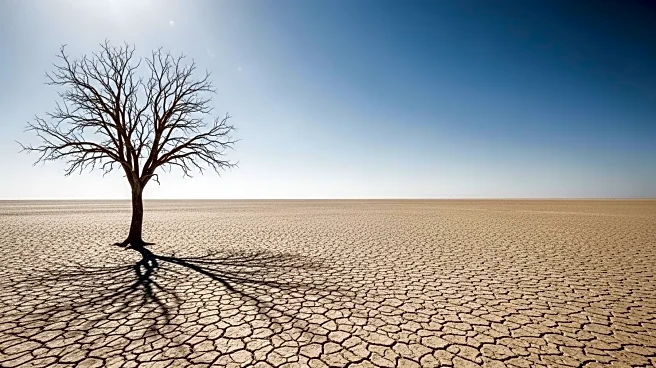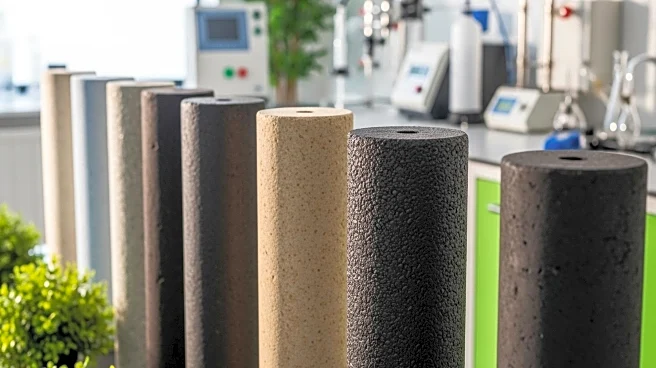What's Happening?
A new study has revealed that electrons can travel through soils and sediments over surprisingly long distances, forming networks that link distant chemical zones. This discovery, published in Environmental and Biogeochemical Processes, challenges the traditional view that electron transfer is confined to microscopic hotspots. Conductive minerals, organic molecules, and specialized bacteria can act as electron bridges, creating long-distance electron highways that have the potential to revolutionize pollution cleanup strategies.
Why It's Important?
The findings have significant implications for environmental management and pollution remediation. By understanding how electrons move underground, scientists can develop new strategies for cleaning up contaminated sites and protecting ecosystems. The concept of remote remediation, where contaminants are degraded in hard-to-reach zones without direct chemical injection, could become a reality. This research also highlights the interconnected nature of subsurface environments, offering new insights into nutrient cycling and contaminant movement.
What's Next?
Future research will focus on developing tools to measure electron flows across scales and creating models that integrate nanoscale reactions with field-scale processes. Scientists aim to design remediation technologies that harness natural electron pathways, potentially leading to more effective strategies for protecting groundwater and ecosystems. By advancing the understanding of underground electron networks, researchers hope to improve environmental sustainability and address challenges related to pollution and resource management.



